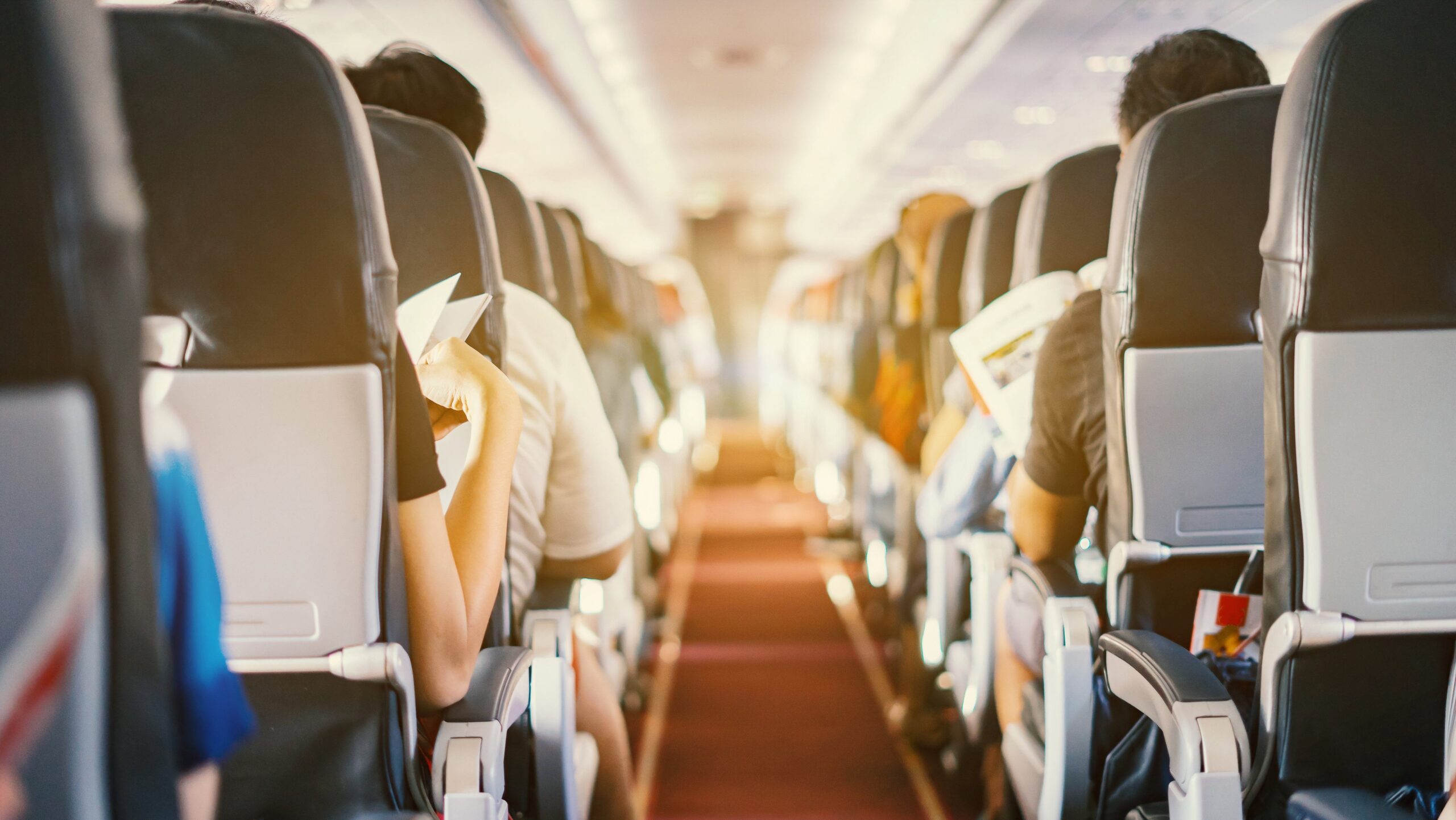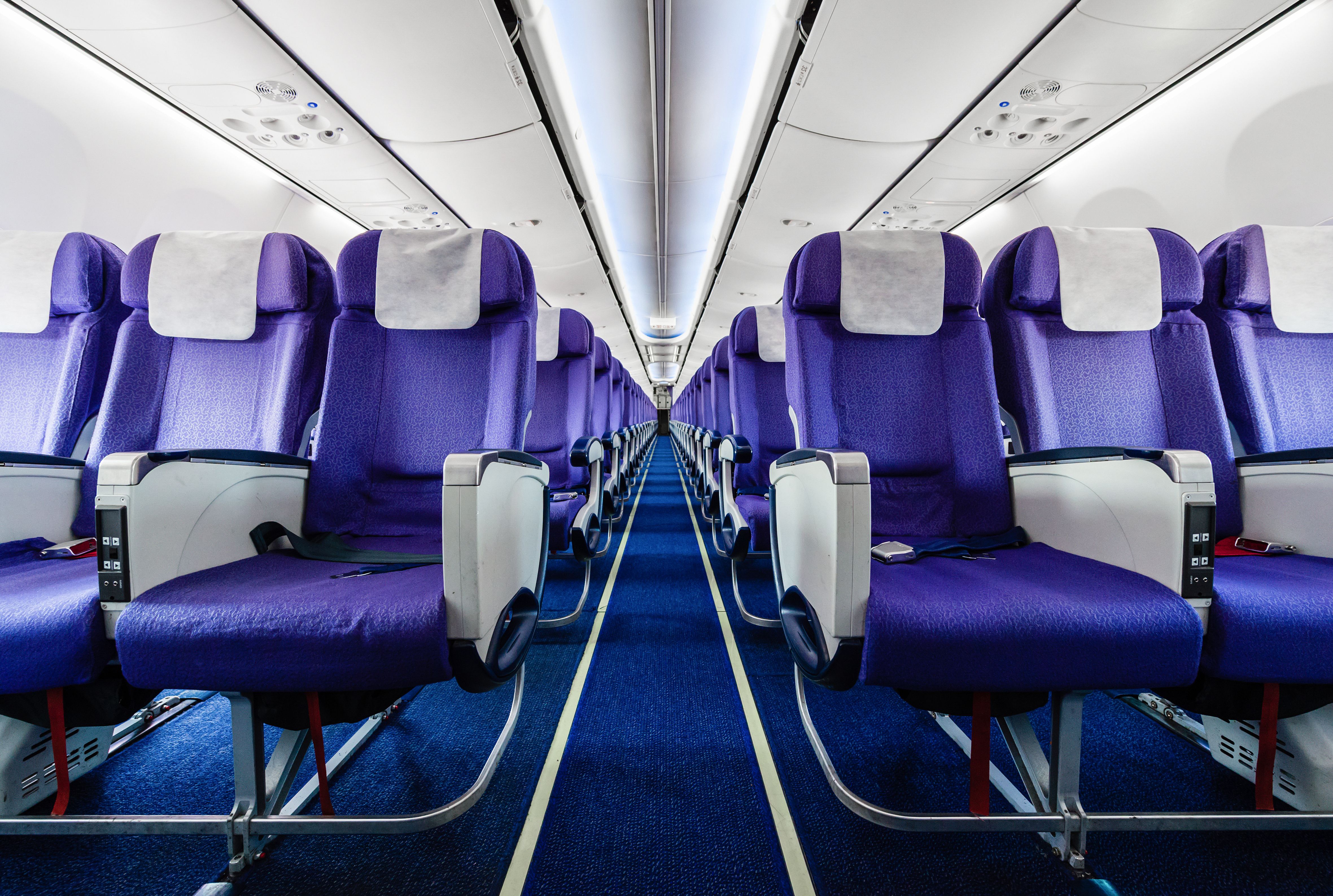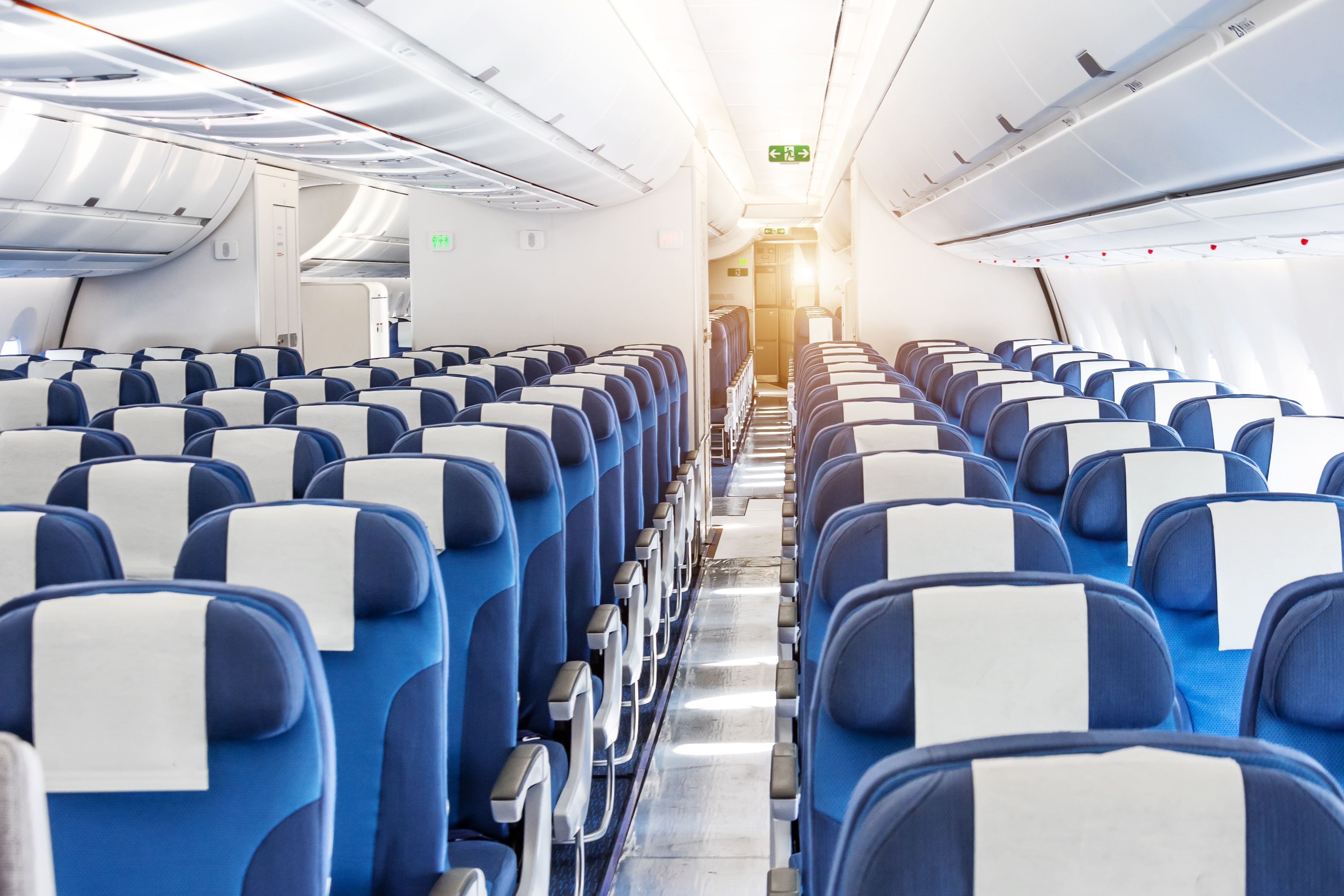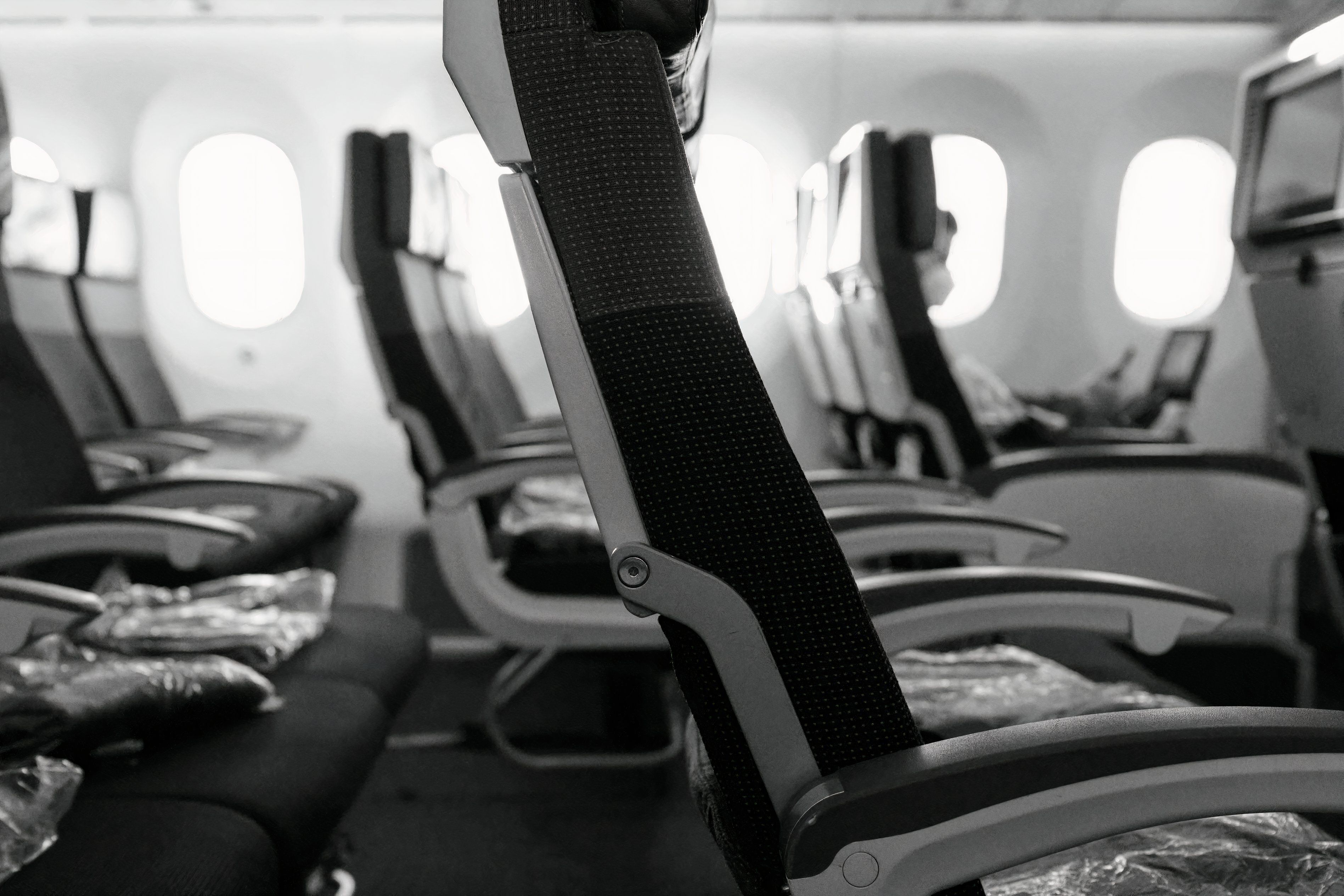Summary
- Aircraft seats in many airlines have become smaller over the years.
- A US senator has questioned if the FAA’s evacuation standards match the realities of aircraft cabins today.
- In some airlines, the economy seat width is as small as 16 inches.
While air connectivity has certainly improved today compared to decades ago, the same can’t be said about passenger comfort in economy class of many airlines. Cheaper airfares have brought air travel within the reach of most, but in many cases, the trade-off has been, among other things, the size of the seats.
It may seem as though the airlines have been given free rein to dictate seat size, but there are laws that regulate their proportions to ensure safe evacuation within a specified period of time. But the US Congress isn’t quite convinced that the carriers are playing by the rules.
Push for re-testing evacuation standards
If you’ve entered an aircraft lately and wondered why the seats look precariously thin and narrow, with barely any room to move your legs, you’re not alone. As aircraft configurations evolve, many economy cabins are getting increasingly crowded, prompting a senator to question the Federal Aviation Administration (FAA) about its current standards for safe evacuation during emergencies.
If an aircraft must be evacuated, it must ideally be done in 90 seconds. But last year, US Senator Tammy Duckworth questioned the FAA’s testing of this standard, given how aircraft cabins have changed over the years.
Photo: Tratong | Shutterstock
In an interview, she said that the testing was not realistic at all, given that all the participants were able-bodied individuals, with no one above the age of 60 or under 18. It definitely did not mimic a real-world flight, which can also carry people with disabilities and toddlers. Given these facts, the then-FAA administrator even acknowledged that the results were “useful, but not necessarily definitive.”
What do the passengers think?
In 2022, the FAA asked people to give their thoughts on seat size on commercial aircraft today. More than 26,000 people responded, and while the FAA did not ask for comments about how the dimensions of passenger seats might relate to their comfort or convenience, many chose to focus on that.
Aappp | Shutterstock
One of the passengers, Amy Schenkel, highlighted how her tall family of four has inseams between 34 and 38 inches. They found that as airlines reduced the pitch, their legs fell asleep quickly from being forced into unnatural positions. This would be a concern if they suddenly found themselves in a situation where they needed to evacuate the plane immediately.
Many also said how tricky it can be to stand up if the front seat is reclined. This issue wasn’t restricted to tall people. Many responders said that they must use the seat back for leverage while trying to reach the aisle.
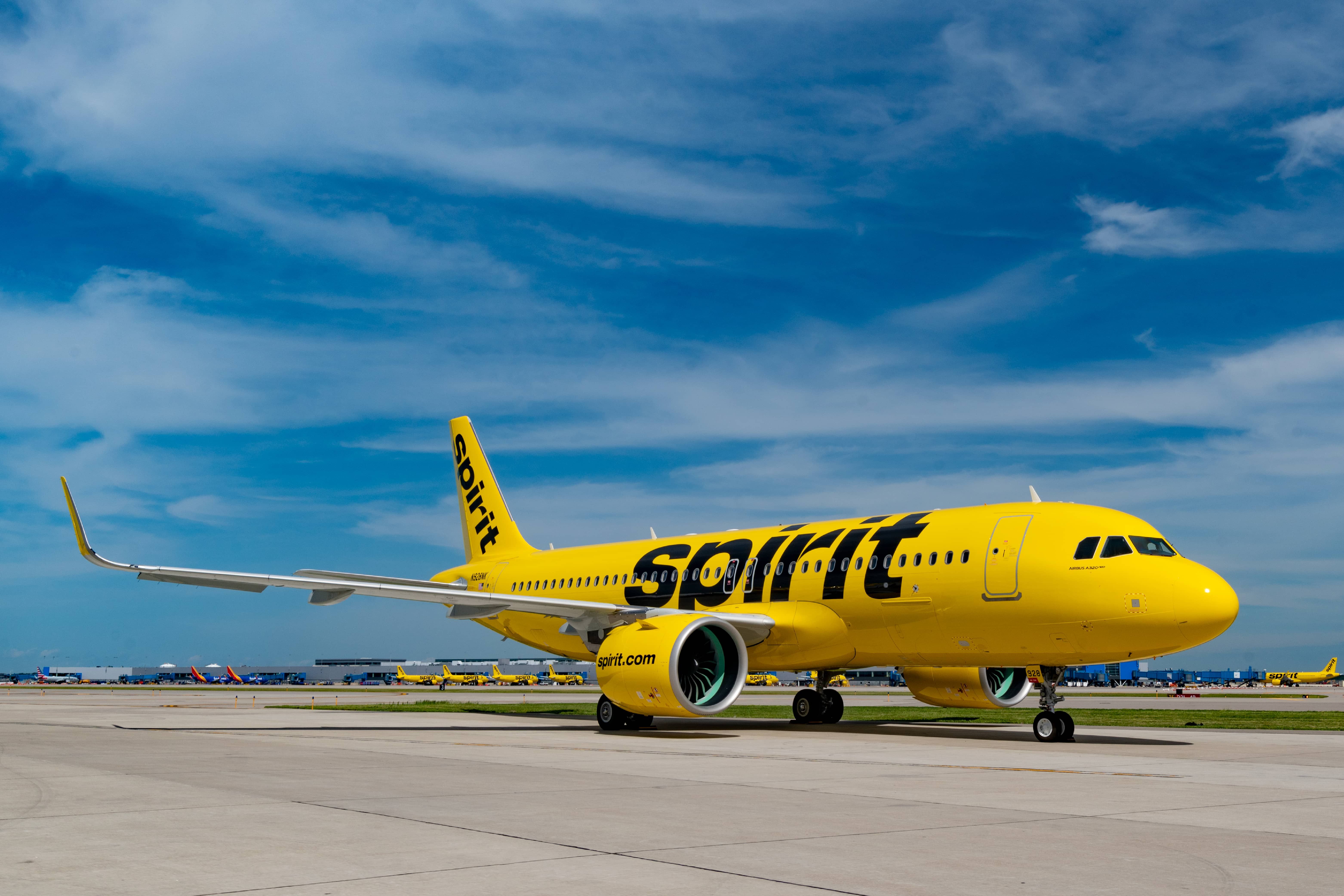
Related
Spirit Airlines Seat Size Comparison: How Do The Dimensions Differ?
The carrier has two main seating options.
Shrinking seats
Aircraft seats have been shrinking over the decades. Some seats are as little as 16 inches wide, while seat pitch has gone down from 35 inches back in the day to an average of 31 inches and, in some cases, 28 inches.
The general public also seems skeptical of any upgrades made to aircraft cabins. While small-sized seats could be expected in budget carriers, passengers are increasingly getting disillusioned by some full-service airlines as well.
Photo: Mohijaz | Shutterstock
For instance, when British Airways recently added a LinkedIn post on its new short-haul seats in the first next-generation A321neo aircraft, the reactions from readers were rather lukewarm. While cramped seats will likely stay in modern jetliners, it seems that regulatory authorities will have to reevaluate their evacuation standards.
What are your views on this? Please leave a comment below.

